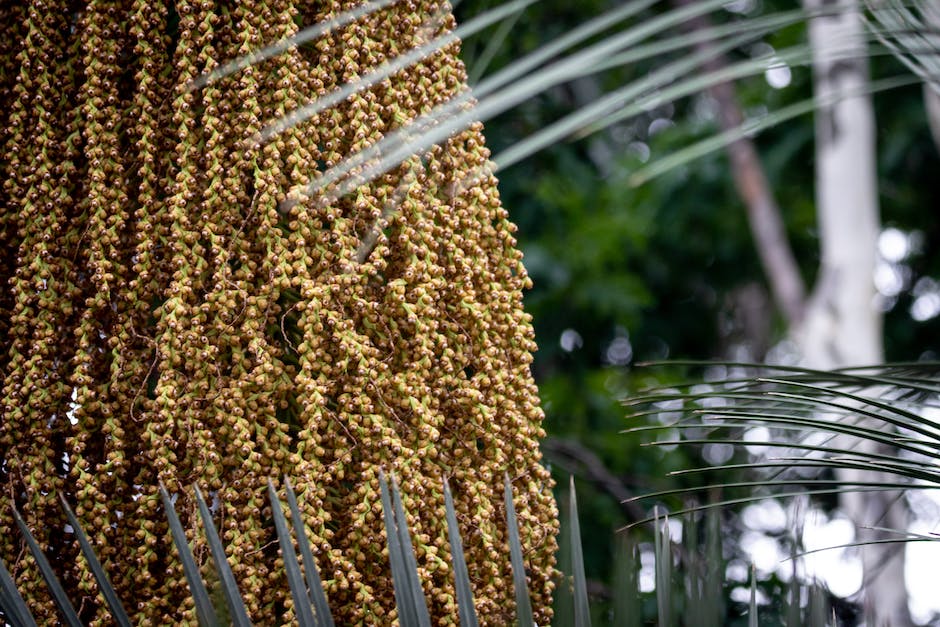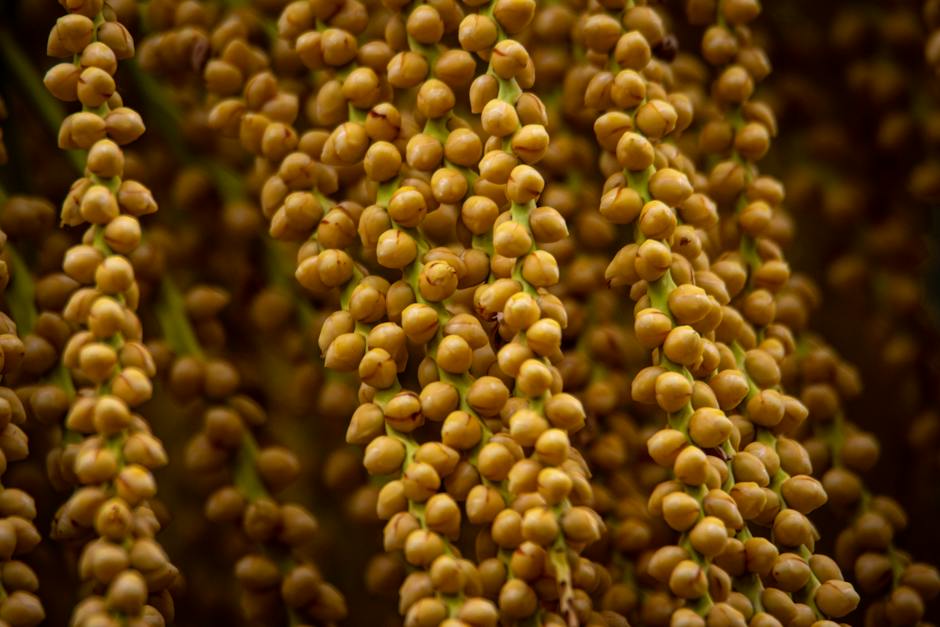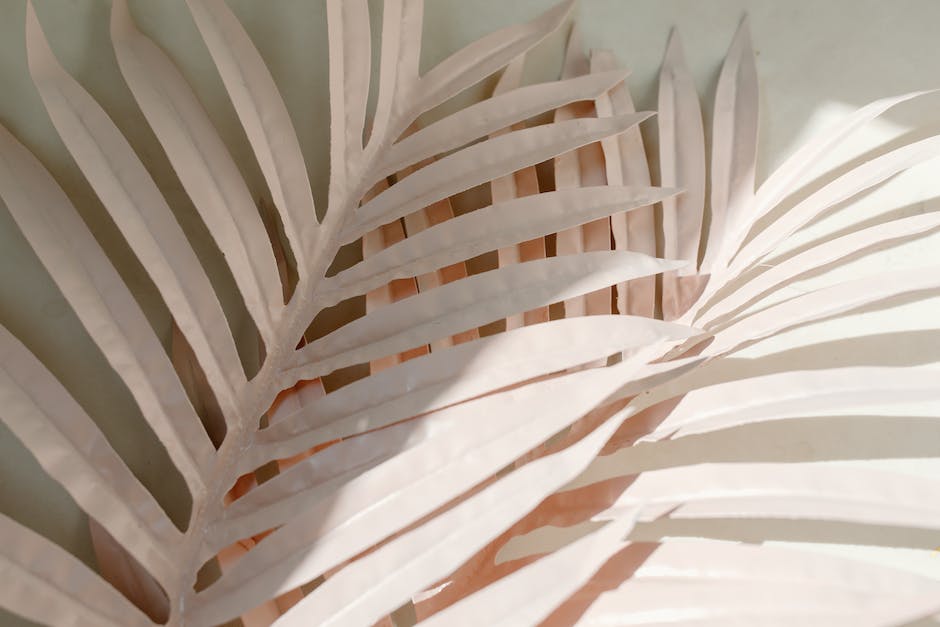How to Grow a Palm Tree from Seed: A Step-by-Step Guide

Palm trees-crowned kings of the tropics, cast their majestic silhouettes against the vibrant horizon as the epitome of paradisiacal imaginings. Beyond their aesthetic appeal, these tropical icons can also be grown right in your backyard, ushering in a bit of that tropical magic. The journey of turning a single palm seed into a towering palm tree may be lengthy, but it is certainly rewarding. This process, although challenging, can be simplified into three comprehensive steps: choosing the right palm seeds, preparing the seed and the ideal growing environment, and planting and caring for the seedlings. This guide will shepherd you through a holistic process in growing a palm tree from seed at home.
Choosing the Right Palm Seed
“Selecting the Best Palm Seeds for Planting: A Comprehensive Guide”
It all starts with just a seed, a tiny kernel of possibility. The joy of watching it germinate, slowly unfurling into a mature, majestic palm is indescribable. It’s a fantastic journey that truly enriches any palm tree enthusiast’s gardening experience. Whether you’re completely new to the world of growing palms or an established hobbyist looking to expand your knowledge, understanding the process of selecting the best palm seeds for planting is vital.
Step One: Freshness Matters!
Seeds directly from the parent tree showcase a higher germination rate. If you’re purchasing the seeds, ask the supplier about their freshness. Fresh seeds are generally heavier and often a vibrant color compared to older seeds. They should feel dense, and not hollow.
Step Two: Growing Regions and Palm Variety
Different palms thrive in different climates. So, the climatic conditions and soil type of your growing region play a significant role in picking palm seeds. For example, if you live in a cold area, try the windmill palm (Trachycarpus fortunei). But, if you are in a tropical region, the royal palm (Roystonea regia) is an excellent choice.
Step Three: Seed Size and Shape
Here’s something fascinating: the size and shape of the palm seed can indicate the palm’s growth pattern! Small, oval seeds like those of the parlor palm (Chamaedorea elegans) tend to yield slower-growing, smaller palm trees. Massive seeds, such as those from the coconut palm (Cocos nucifera), lead to larger, quicker-growing palms.
Step Four: Float Test
The float test is quintessential in checking palm seed viability. Simply drop the seeds in a container of water. The viable seeds will sink to the bottom, while the non-viable ones will float. However, note that this test isn’t foolproof since some healthy seeds may naturally be buoyant.
Step Five: Seed Scarring
To encourage faster germination, consider nicking or scarring the seedcoat, a method known as scarification. Use a file or sandpaper to lightly wear down one spot on the outside of the seed. Be careful not to damage the embryo inside, though!
Step Six: Test Germination
This optional step can further ensure the quality of your seeds. Plant a few seeds and monitor their germination time. If most of your test batch sprouts successfully, that’s a green signal for planting the remaining seeds!
There you have it! Using these steps, you’re now equipped to select the best palm seeds for planting. Just remember, while this knowledge is useful, nothing beats the educational experience of observation, trial, and error. Here’s wishing you the joy of little palm seedlings soon adorning your nursery, and the thrill of witnessing their wonderful journey towards becoming grand palms! Happy Planting!

Preparing the Seed and Ideal Growing Environment
Kicking off the Germination Process: Palm Seed Preparation and Growth Environment
Akin to embarking on an adventure, cultivating palm trees is an endeavor cherished by garden enthusiasts globally. It’s a rewarding experience, not just for the green thumb in you, but more importantly for the world around you. Enough said, let’s dive into the specifics on how to prepare palm seeds and create the best environment for growth.
Before you venture into the palm-planting journey, it’s crucial to pre-soak your seeds. A pre-treatment dunk in warm water supports your seeds by speeding up the germination process while boosting their sprouting potential. Pop your seeds in a container of moderately warm water for 48-72 hours. It’s important to keep an eye on the temperature during this phase – cold water will do nothing for your seeds, while overly hot water can end up damaging them. After soaking, it’s time to drain your seeds. A fine-mesh strainer serves perfect for this task.
Once you’ve soaked and drained your seeds, your enthusiasm needs to prepare them a cozy nest. Palm seeds cherish a growth medium that’s light and well-draining, yet able to retain moisture. Consider a mix that includes perlite, coir, or vermiculite along with some compost or standard potting soil. Pro-tip: Remember to sterilize your mixture to prevent any undesirable fungus and bacteria from latching onto your precious seeds.
With the growth medium sorted, it’s time to sow your seeds. Some palm seed cultivators swear by planting the seeds shallowly, just about half their size into the soil, while others recommend planting them sideways with half the seed exposed. Experimentation is key here – different species may have different preferences. Post planting, remember to mist the soil lightly with water.
Environment plays a pivotal role in palm seed growth. Palms are typically tropical plants, and they prefer an environment that mimics their native habitat. Remember to maintain a temperature range of 70-100°F during the germination period. Also, be sure to maintain humidity levels, as it is vital for germination. A simple trick often employed by garden enthusiasts is to cover the sown seeds in clear plastic to maintain humidity, mimicking a greenhouse effect.
Moving further, providing ample sunlight supplies the nascent palm with the much-needed energy to grow. However, direct sunlight might be a bit too much in the initial days. Aim for a spot offering filtered or diffused light, especially in the germination stage. As the palms mature, gradually introducing them to direct sunlight will toughen them up.
Lastly, while palms do love a good water supply, conscious watering is the way to go. Maintain a balanced watering strategy – moist but not soggy is the mantra here.
With these steps in hand, garden enthusiasts are well equipped to escort their palm seeds from an embryonic stage to a lush, green wonder. Now, go and unleash your passion onto these magnificent species. Remember, the key lies in meticulously understanding each of these steps, practicing patience and enjoying the fruitful journey of nurturing palm seeds.

Planting and Care for the Seedlings
A Detailed Look into the Germination and Care of Palm Seedlings
So, you’ve selected your palm seeds with discerning eyes, meticulously ensuring their freshness, and considered the specific growing regions and palm variety. You’ve looked at seed size and shape, scoured individual seeds for optimal growth, and performed viability tests. Maybe you’ve even embarked on the careful process of seed scarring or dipped your toe into the world of test germination. Once your seeds have been prepared and soaked, it’s time to delve into the final stages of palm seed cultivation: planting and nurturing the emerging seedlings.
Palm seed planting isn’t just about burying the seeds in the soil. Instead, it requires an understanding of your chosen growth medium’s attributes, be it sand, soil, peat, or anything else suitable for palm cultivation. Remember to mildly cover the seeds rather than deeply burying. This step is crucial, especially when dealing with palm varieties producing larger seeds.
Ensuring a suitable environment for optimum growth opens up a new realm of things to consider. Temperature plays a pivotal role in the life cycle of palm seeds. Depending on the variety, the range generally lies between an idyllic 80°F-85°F. Don’t forget the humidity! Recreating the humid environment of their natural habitats will boost your palm seeds’ chances of sprouting.
Once your seedlings have emerged, light becomes a key player in their survival. It starts with understanding the palm’s nature: some thrive in full sunlight, while others prefer a bit of shade. Be careful not to expose the tender, young seedlings to harsh, direct sunlight immediately, as this could cause them to wither and die.
Next, there lies the question of watering your palm seeds correctly. It’s a delicate balance between maintaining a moist environment and ensuring you don’t drown your palm seeds – overwatering is a much too common mistake. The top layer of the growing medium should always feel slightly moist, and drainage should be efficient to prevent any waterlogged conditions that could lead to seed rot.
Strategizing the growth of palm seeds can be seen as both an art and a science. It includes not only the physical actions you perform but also the knowledge you stand to gain about each palm variety’s specific characteristics. Patience is key when nurturing these majestic plants, as some varieties might need up to several months to germinate. But once you see your first sprout, you’ll know that all the effort was worth it.
The experience gained from successfully growing palm seeds is incomparable. Witnessing the transformation from a small, seemingly insignificant seed to a robust seedling promises to be a continuous source of joy. So, plant those palm seeds. Monitor them, care for them, and watch in awe as life unfolds from your dedicated efforts.

Indeed, patience is required when cultivating palm trees from seeds. But, as they say, Rome wasn’t built in a day. The joy of nurturing a palm seed into a sprout, then into a seedling, and eventually watching it tower over you in its full-grown glory is priceless and definitely worth the wait. As this beautiful journey unfolds, one’s patience and tenacity are rewarded with the gift of lush, tropical beauty. Now you are well equipped to embark on this intriguing botanic endeavor, surely, with a little patience and care, that little palm seed will transform your garden into a tropical paradise in no time.



